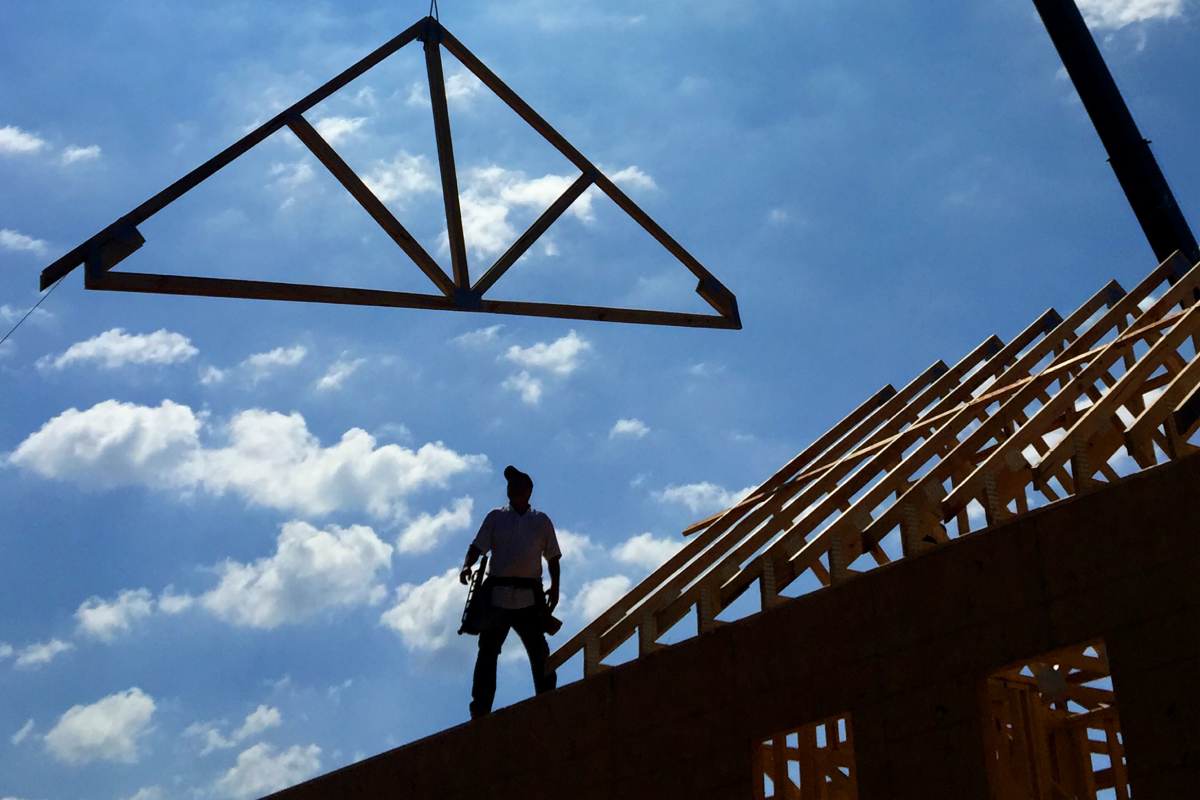CoreLogic’s national measure of residential construction costs show an increase of 1.4% in the three months to June 2021, outpacing the Consumer Price Index of 0.8% for the same period.
The latest Cordell Housing Index Price (CHIP) results show an annual growth rate of 3.9% and the largest quarterly change since the third quarter of 2014, when residential construction costs increased 1.5%.
Wide spread demand across the residential construction sector and a shortage of materials such as timber, PVC piping and fittings have contributed to the rise in costs with no sign of easing in the short-term.
Australia’s monthly dwelling approvals fell -6.7% in June in seasonally adjusted terms following a -7.6% decrease in May. The pipeline of approvals peaked in March after recording consecutive surges of 19.1% in February and 16.0% in March according to seasonally adjusted dwelling approval figures from the Australian Bureau of Statistics (ABS).
Total dwelling approvals in the 2020-21 financial year were 27.3% higher than in the 2019-20 financial year, in seasonally adjusted terms. This was driven by private sector house approvals, which were 42.8% higher in 2020-21 than 2019-20.
Employment levels in the construction industry, which accounts for around 8.8% of Australia’s total workforce, increased 0.3% in the three months to May 2021, after a fall of -1.6% in the three months to February.
Tim Lawless, CoreLogic’s Research Director, said “With the surge in dwelling approvals over the past 12 months, Australia’s residential construction sector is working through the early stages of what is set to be an extended period of heightened construction activity.”
“The substantial pipeline of residential construction work is likely to keep both building materials and trades in short supply for an extended period of time. I think we can expect housing construction costs to rise more significantly over the coming year as supply chains grapple with ongoing shortages. Higher construction costs will inevitably flow through to higher costs for new homes and renovations.”
Quarterly change in construction costs v CPI, National
CoreLogic’s national home value index saw Australian home values increase by 1.6% in July, taking the annual growth to 16.1%.
It’s the fastest annual rate of growth since February 2004, despite the monthly growth rate trending lower since March, when the national index increased 2.8%.
Key findings – Q2 2021 CHIP Report
- The New South Wales CHIP index increased 1.3% in the three months to June 2021, bringing the state’s annual growth rate to 3.4%. It’s the first time the quarterly change has been more than 1.0% since the final quarter of 2018.
- In Victoria quarterly residential construction costs increased 1.4%, taking the annual increase to 3.9%, in line with the national growth rate.
- Queensland’s CHIP index increased 1.4% in the quarter, taking its annual increase to 4.7%, the highest rate of growth in Australia.
- The CHIP index for Western Australia increased 1.4% for the quarter, the fastest pace of growth in construction costs since December 2015. Annually construction costs for WA have increased 3.7%.
- South Australia’s quarterly CHIP index rose 1.5%, up 3.6% for the year and rising at the fastest rate since September 2014.

